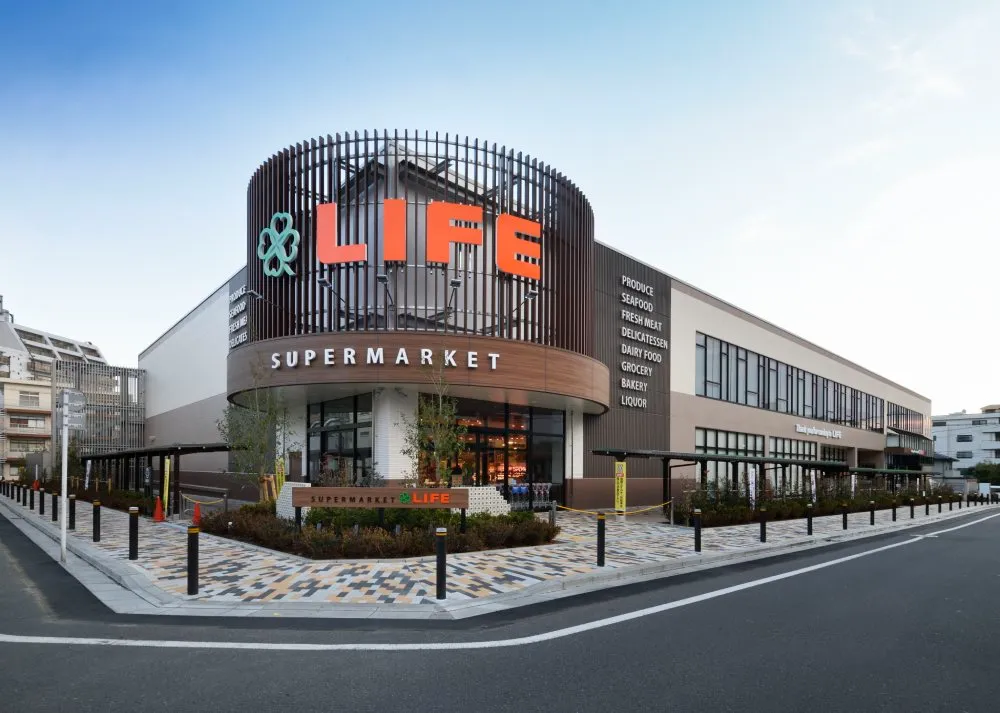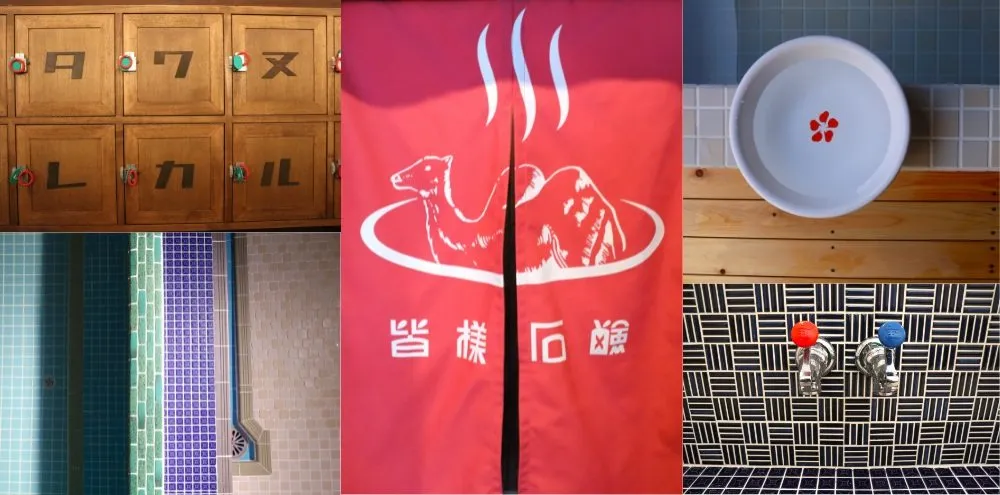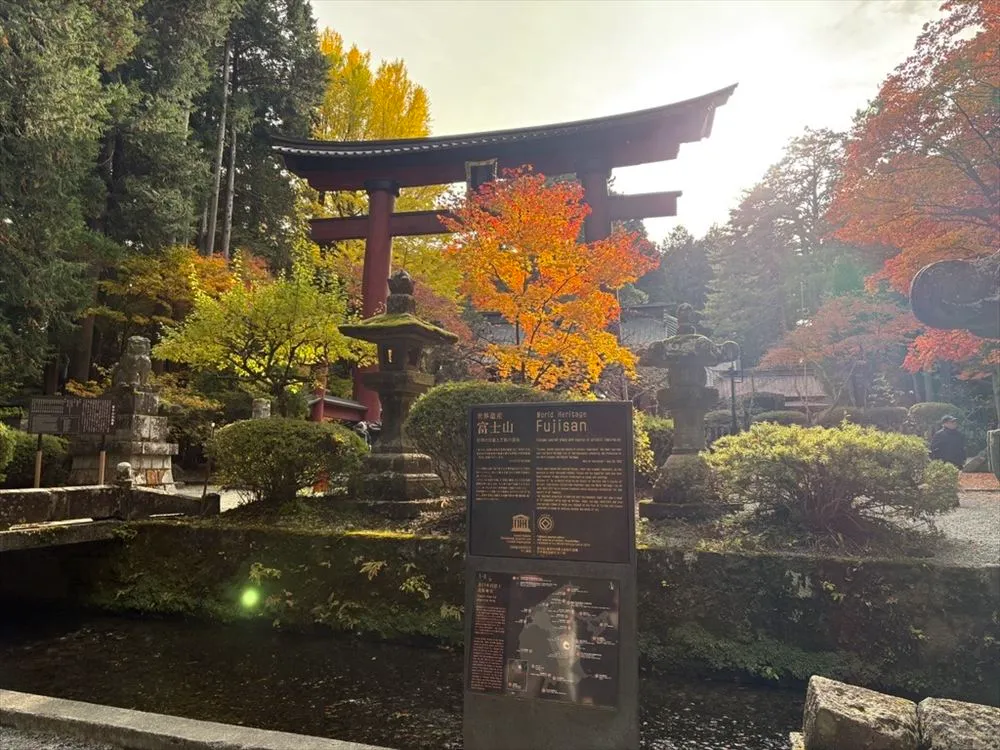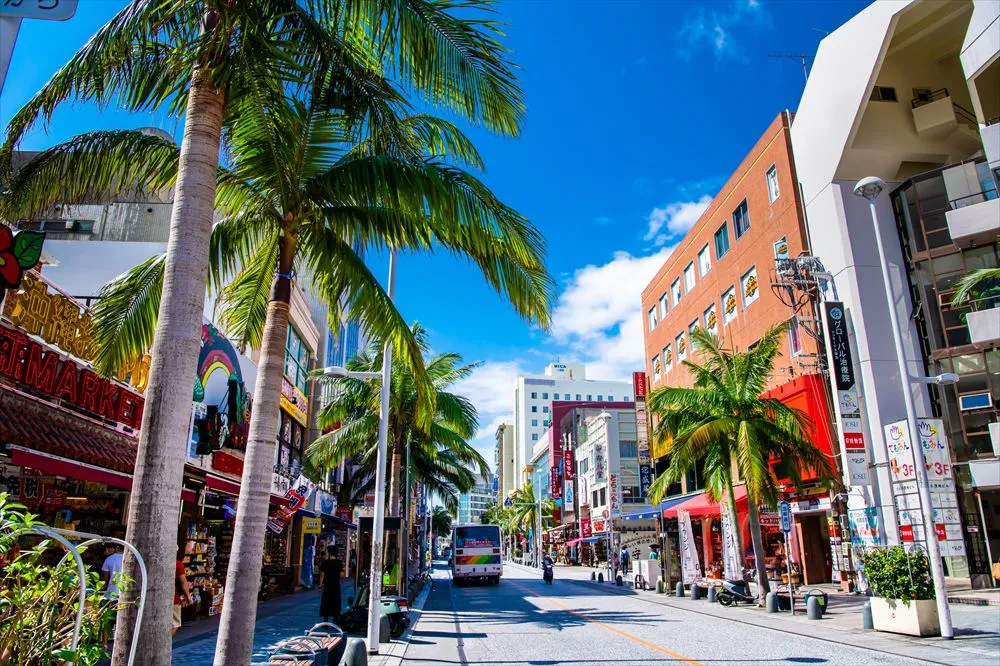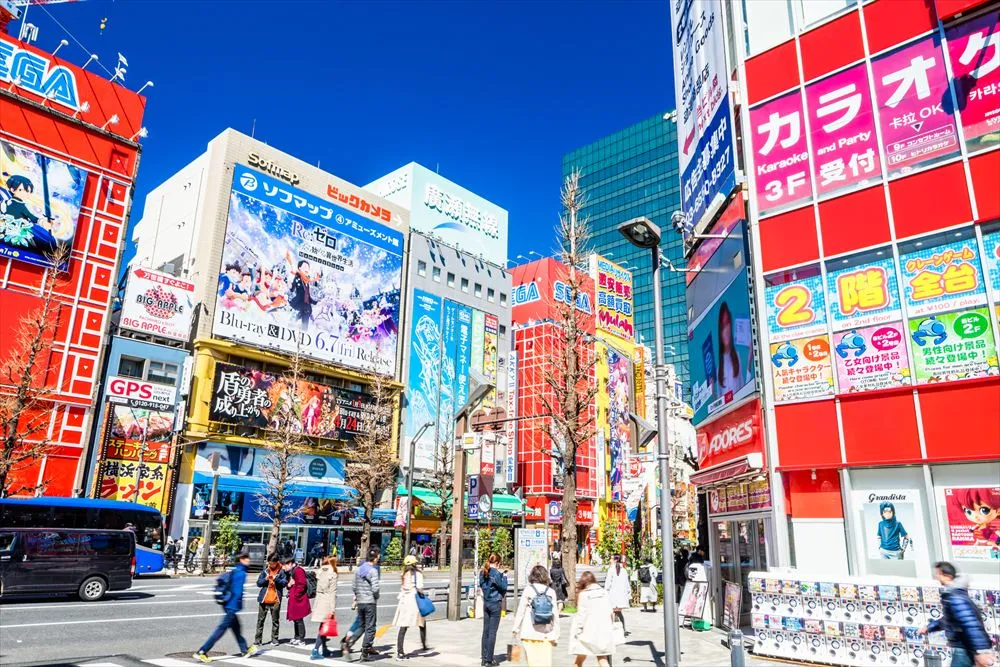Many of you are looking forward to a trip to Japan.
In that case, now’s the time to read up on how to safely rent a car and use a gas station.
Renting a car is a great way to make the most of your trip for a more fulfilling time.
How to rent a car in Japan
What are the requirements to drive in Japan?

According to Japanese law, you must be at least 18 years old to rent a car. So if you are over 18 and have a valid driver’s license and passport, you’re good to go.
For Japan residents, a license issued in Japan is fine, for visitors to the country, an international driver’s license issued by the automobile association of your home country before entering Japan is acceptable, and for those coming from Switzerland, Germany, France, Taiwan, Belgium, Slovenia, or Monaco, you need your driver’s license with a Japanese translation. These are the three ways people can rent a car here.
How to rent a car

When renting a car, apply online or at the car rental shop.
During this process, you’ll have to decide the following details:
〇When to pick up the car
〇When to return it
〇The type of vehicle needed / desired
〇Whether you’d like to return the car at a different shop
〇Options such as car navigation, ETC (electronic toll collection) card, child seat
Availability may be limited if applying the same day, so we recommend making reservations as early as possible.
On the day of your reservation, try to arrive at the store earlier than the scheduled time to go through various necessary procedures.
【When returning a rental car】
You must fill up the tank before returning the rental vehicle.
Usually, drivers are asked to fill up the tank at a designated gas station near the shop where you will return the car.
When returning the car, you will be asked to show the receipt from the gas station, so be sure not to discard it.
If the gas station is far from the rental car shop or if the gas station is closed, the fuel cost can be paid at the rental car shop.
However, please be aware that in such cases the cost will be higher.
In some cases, depending on the rental car shop, there may be an optional plan to return the vehicle without filling the gas tank, so please check the requirements of your specific plan carefully when applying.
【Rental car fee】
A rental car for four to five people usually costs around 5,000 to 10,000 yen per day.
However, be aware that the larger the vehicle, the higher the fee, and that rates will also change depending on the region and time of year.
【About insurance】
In Japan, automobile insurance is compulsory. Vehicle insurance is usually already included when renting a car, covering the cost of repairing the vehicle in the event of an accident.
In addition, a deductible amount is set, and in the event of an accident, you may have to pay the deductible amount yourself. The deductible amount varies depending on the rental car company, so be sure to check before making a contract.
How about renting a car in Tokyo?
When renting a car in Tokyo, the procedures are basically the same as outlined above.
However, Tokyo is a big city with a lot of traffic, so getting around by car can sometimes be a hassle.
In Tokyo, it may be easier to get around using public transportation such as trains, subways, buses, and taxis.

Traffic rules in Japan
In Japan, various rules may be slightly different from other countries such as driving on the left side, permissibility to make turns at red lights, giving priority to pedestrians, etc. Be sure to check all road signs in advance. Click here for detailed rules.
Driving on the left
In Japan, people drive on the left side of the road. Since this may be the opposite of many countries around the world, it occasionally causes confusion. Please take care to be on the correct side of the road.
Expressway rules
Expressway speeds are a maximum of 100 km/h and a minimum of 50 km/h. Driving outside this range will draw police attention, so take care. Frequently, maximum speeds are lowered due to weather conditions or construction work. Pay attention to speed signs and drive carefully.
Expressway tolls
Drivers go through toll gates twice, once when getting on, and again getting off the expressway. Toll gates have two types of lanes, green for “一般” (general) and blue for “ETC” (electronic toll collection) card holders.
If entering through the “general” lane, take the toll ticket showing the interchange point of entry, then pay the fare at the exit gate.
If using the ETC system, drivers can pass through toll gates without stopping. Tolls are deducted at a later date from a special card linked to a credit card. ETC cards can be borrowed at your rental car shop. In such cases, the toll is paid upon returning the vehicle.
Currently, more than 90% of drivers use ETC lanes, and every year more and more toll gates have ETC lanes only. In addition to being faster, ETC drivers also receive a discount, including 30% late-night discount nationwide from midnight to 4 am, and a 30% discount on weekends and holidays.
Expressway tolls in Japan are known to be higher than other countries, but costs can be lowered through such strategies.
https://rental-car-tips.jp/en/rules/
Parking lots
Parking fees vary greatly from place to place. In rural areas, it costs about 100 yen per hour, whereas central Tokyo and Osaka may have hourly rates of more than 1,000 yen. Near popular tourist spots, parking also tends to be more expensive.
At some parking lots, rates differ between day and night, whereas others have a “maximum charge system” where no additional payment is needed beyond a certain amount of time.
Broadly speaking, there are two types of paid parking. In the “gate system,” a ticket is issued upon entry which is presented when exiting to decide payment, and a “lock system” where a parking space number is entered to calculate the cost.
Gate System
The gate system is often found in large facilities. Receive a ticket at the entrance stamped with the entry time. Keep it safe as it will be needed when you leave. Insert it into the payment machine or hand it to the staff to pay.
Lock System
The lock system is more common in smaller parking lots. After parking in an empty space, the tires will be detected and after a few minutes a plate rises to lock the car in place. After finishing your business, enter the parking number into the payment machine and pay the bill. After payment, the lock plate lowers and you are free to leave. Be sure to move the vehicle soon after settling the bill as the lock plate will rise again.
In both types of parking lots, 5,000 yen and 10,000 yen bills might not be accepted when paying with cash, so try to have coins or 1,000-yen bills ready.
Using gas stations in Japan
Finally, let’s talk about how to use gas stations in Japan.
Petrol stations basically can be found everywhere, and the price per liter of fuel is clearly displayed.
There are two types of gas stations in Japan: full service where staff pump the gas and wipe the windows, and self-service where drivers fill the tank themselves. Self-service stations are cheaper than full-service ones but the price difference is not very large.
If you feel uncertain about using self-service gas stations in Japan, full service is probably the easiest option.
There are mainly two types of gasoline: regular (for ordinary cars) and high-octane (for high-octane cars).
If you want a regular car to be filled with regular gasoline, try to say in Japanese “reh gyu rah, mann tann kudasai,” meaning “regular, full tank, please.”

Have a pleasant journey in your rental car
Though it varies from place to place, renting a car opens up many options for sightseeing in Japan.
Use these basic tips about renting a car and using a gas station to make the most of your trip.

